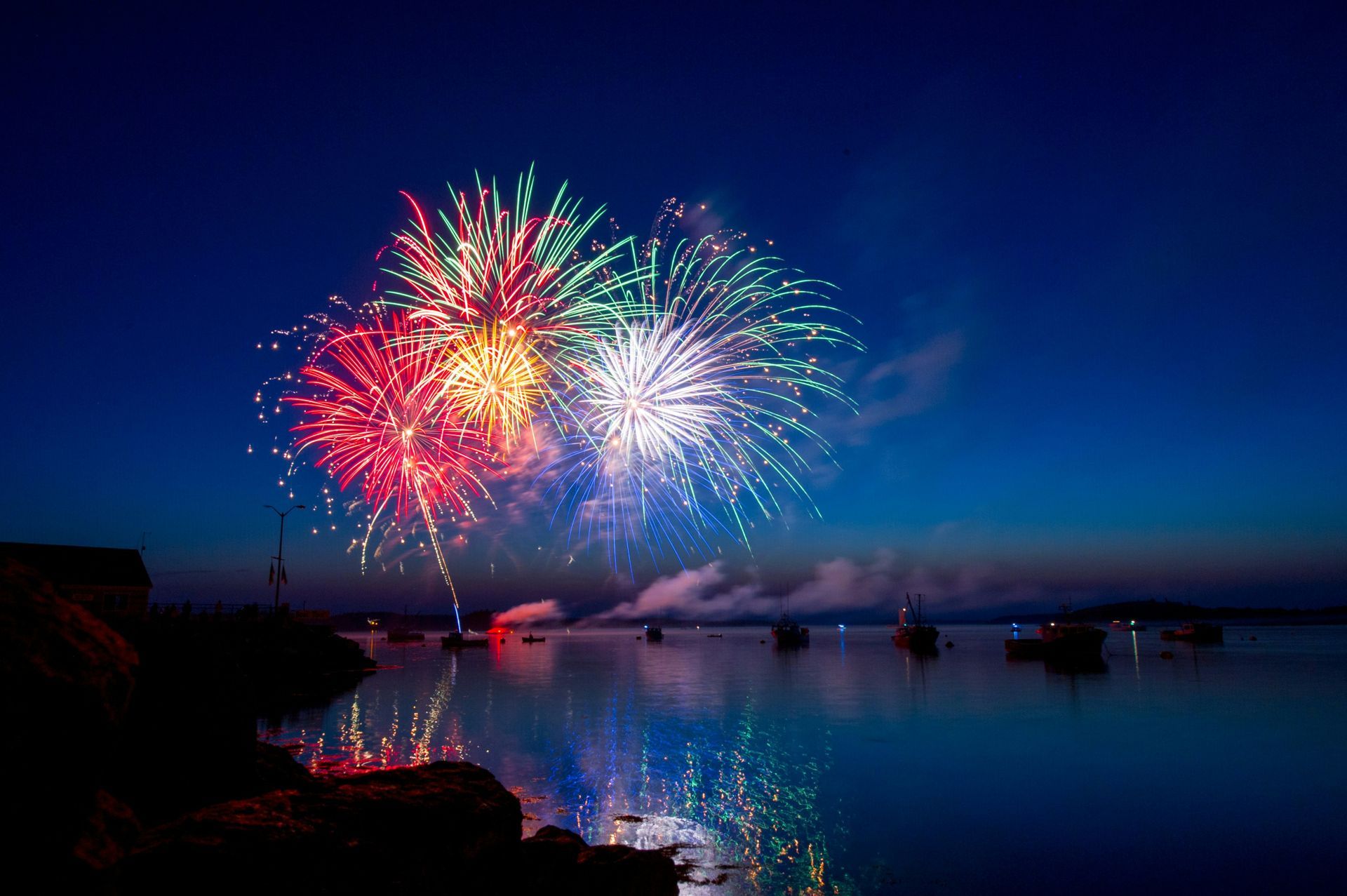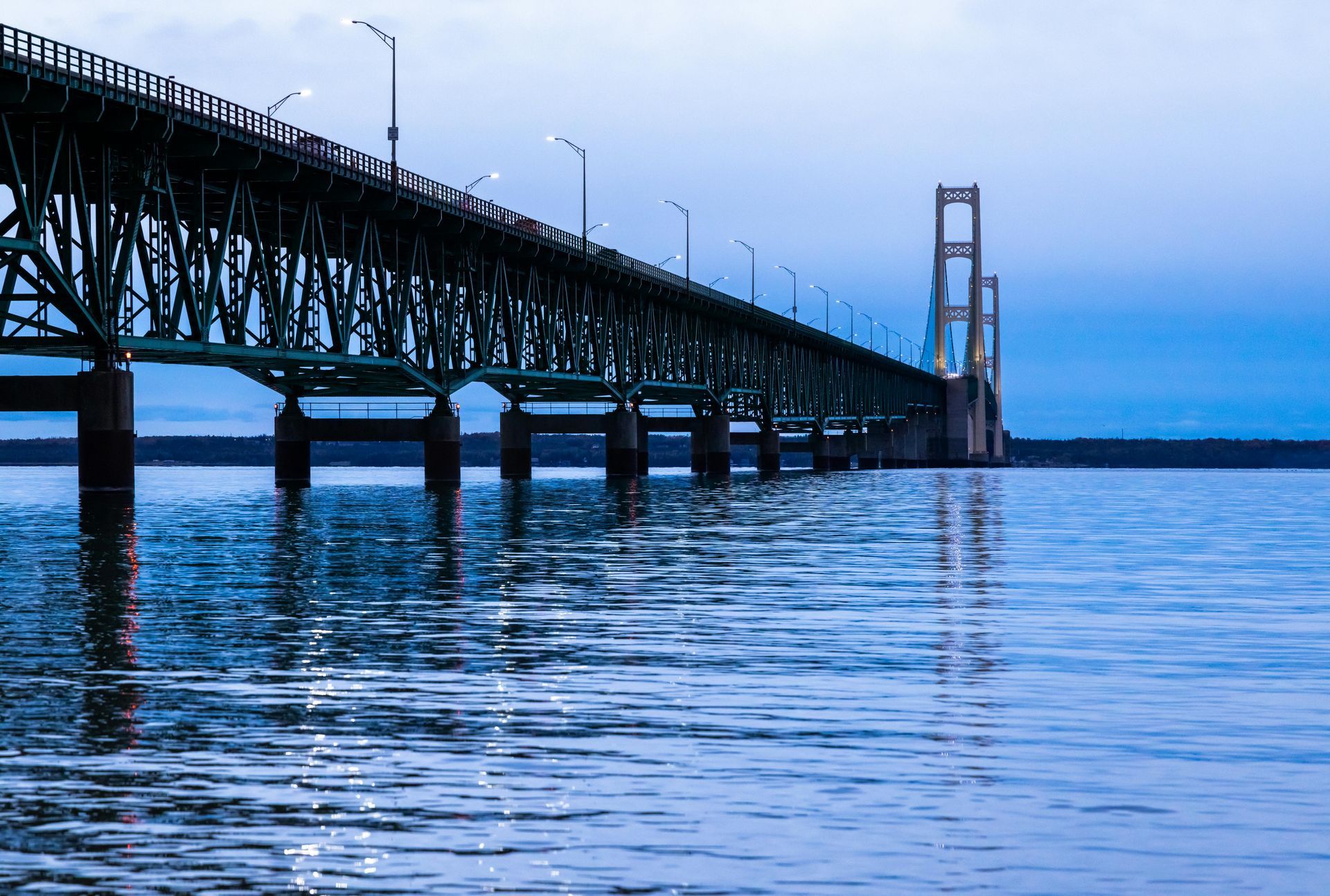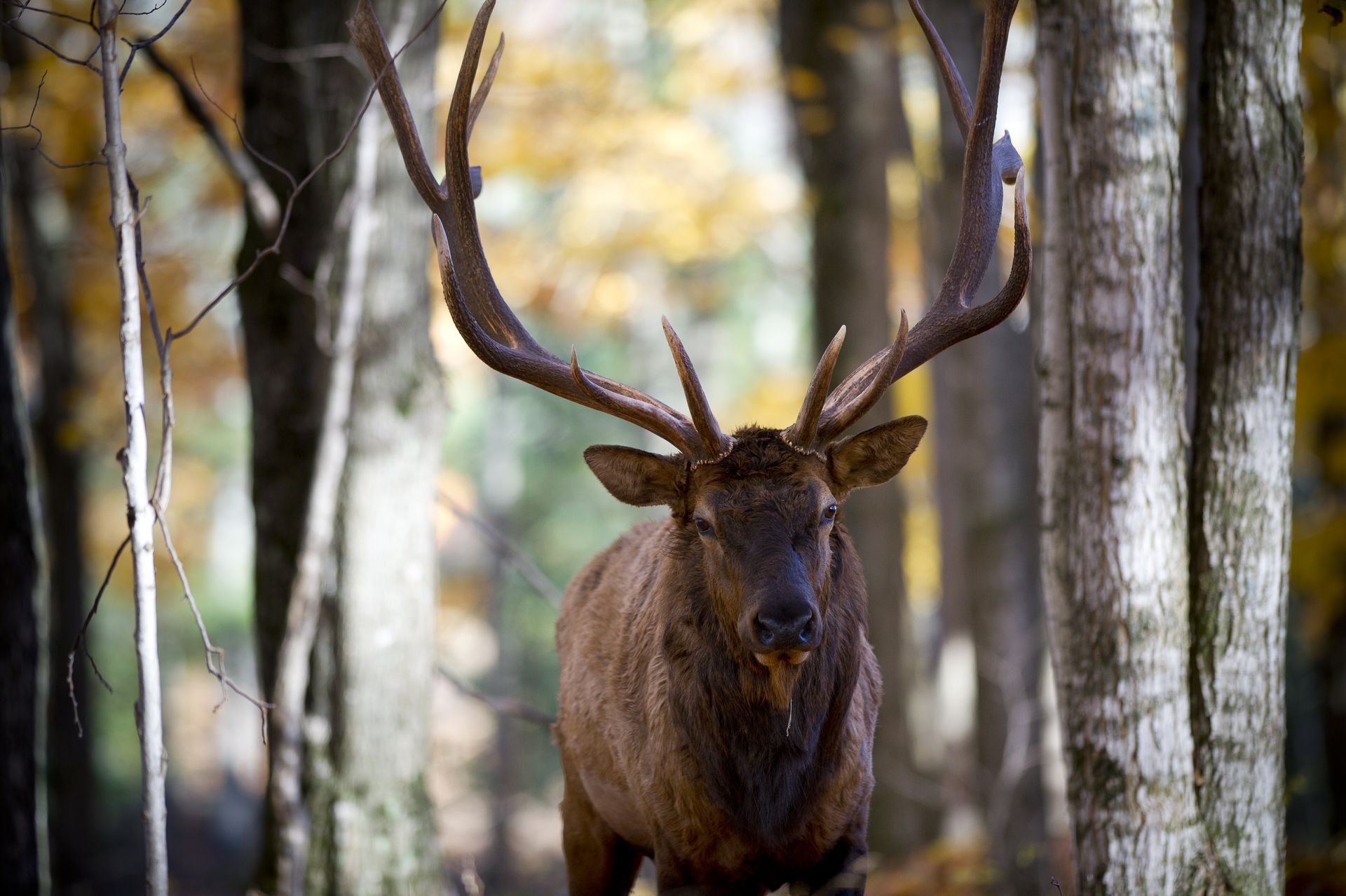February NRC Recap
Bear, lake and brook trout regulations, and APRs were debated at Thursday’s Natural Resources Commission (NRC) meeting. Proposed regulations were for information only and no action was taken.
The Michigan Department of Natural Resources and NRC also received criticism from stakeholders regarding their handling of brook trout regulations in Michigan’s Upper Peninsula.
Bear regulations
The DNR presented the proposed bear regulations for the 2019-20 seasons, which included license quotas and discussion on the use of bait barrels on public land.
The proposed license quotas for the Baldwin Bear Management Unit (BMU) included 260 licenses amounting to an increase in 115 licenses from the 2017-18 seasons. This is in response to nuisance reports and a growing population of black bears within the Northwest Lower Peninsula, said Ashley Autenrieth of the DNR.
Proposed bear regulations for the Upper Peninsula included a decrease in license quotas of 1 percent.
Commissioner Louise Klarr, from Jackson, requested a revision to the bear regulation that allows the use of barrels on state-managed public land assuming they meet the following criteria:
- Made of steel
- Minimum size of 33-gallon-barrel
- One per bait station
- With a proper tag of identification
- Chained no longer than 8 feet
- No more than three holes, each with a maximum size of 1 inch
- Within 100 yards of a state forest road.
Commissioner John Walters, from Vanderbilt, asked for an amendment to the proposal to exclude the Lower Peninsula; there was no support for this amendment. Commissioner Keith Creagh, from Williamston, amended the proposal to have this regulation sunset in two years when the NRC would have to reconsider its continuation. This amendment to the Wildlife Conservation Order was approved on a 3-1 vote (Schlaybaugh and Nyberg were absent).
MUCC affiliate clubs, including UP Bear Houndsmen, Michigan Hunting Dog Federation and Michigan Bear Hunters, have debated these regulations and came to a unanimous agreement in support. The totality of the bear regulations will be up for action during the March NRC meeting.
Brook trout regulations
In December 2018, the commission voted to remove all 33 U.P. streams that had a 10-fish brook trout bag limit. It is important to note, the order signed was in front of the commissioners and available during the meeting and posted on the public website as part of the NRC agenda.
However, NRC Chair Vicki Pontz stated that the signed order was not the order that she believed she was voting on and the NRC has requested that it be brought up again to “correct the error”. Commissioner Walters publicly stated that he knew what was in the order when he voted on it.
The NRC voted 3-1 for the DNR Fisheries Division to redraft an order that would reinstate the 33 U.P. stream segments open to a 10-fish brook trout limit. Walters opposed.
The department and commission will likely face opposition reinstating the 33 streams by certain stakeholders that feel the streams do not warrant a 10-fish limit under scientific management practices.
Lake trout regulations
A concern was brought up by the DNR regarding Lake Trout Management Unit MM-4, which encompasses Grand Traverse Bay. Per the 2000 consent decree between the State of Michigan and the tribes, there is a limit to the annual harvest of lake trout.
This limit was exceeded during 2018. The state is required by the consent decree to take management steps in order to reduce the 2019 lake trout harvest to rectify exceeding allowable harvest in 2018.
There were several proposed options presented by the DNR for consideration. The DNR will engage the public in a meeting in Traverse City and will hold a discussion with the Lake Michigan Citizen Fishery Advisory Committee. A recommendation is likely to be for information at the March NRC meeting and action in April.
On the eastern side of the state, bag limits for Lake Trout Management Units MH-1 and MH-2 were discussed. In 2016, the harvest limit was exceeded and proposals were made to manage the two units as one. This had pushback from the tribes and no resolution was made.
Recommendation was made by the NRC to lower the bag limit in MH-1 from 3 to 2 fish and raise the limit in MH-2 from 3 to 4 fish, which was approved in December. However, after talks with stakeholders like the Lake Huron Citizens Fishery Advisory Council, the NRC will reconsider an order to lower the MH-2 limit to its original limit of 3 lake trout.
APR’s — Thumb proposal and scientific study
Last year, the Thumb Hunters for APRs organization brought forward a proposal that would require all antlered deer in the five thumb counties to have at least four points on one side. The NRC and DNR have standards, which require 66 percent support from those surveyed in the area in order to implement APRs.
A survey is currently being conducted by the DNR. As of Thursday, 59 percent of the 2,100 surveys have been returned. A second mailing will be going out to those that did not respond to the first survey sent out. DNR Deer, Elk and Moose specialist Chad Stewart declined to comment regarding whether the majority of surveys received so far were in support or opposition of the proposal.
A proposed experiment to evaluate APRs in the CWD five-county core area on the west side of Michigan is being designed by a team of university researchers and DNR staff. The experiment would split the core area into two sections. Two of the counties would not have APRs and the others would implement APRs. This would allow for a control group to compare the results and it is important that the regulations be consistent across study area, other than the APR regulation. The department was explicit in the fact that this study would not show prevalence or spread of CWD during the proposed time frame of the study. A decision to move forward with the experiment is likely to be made by the NRC in July.
While MUCC does not have specific policies on APR restrictions, we support scientific research of APRs as a tool to combat wildlife disease.
The post February NRC Recap appeared first on Michigan United Conservation Clubs.
Recent Posts



